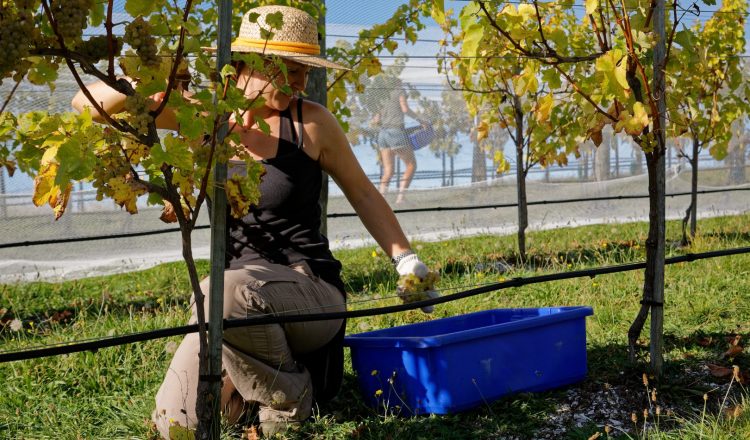Resignation
Leaving a job and writing a resignation letter can be tough and quite a scary thing to do for some people. If you are moving onto a new job, then before you even write your resignation letter you should wait until you have received the contract for the new role and signed and sent it back. This will ensure that you are secure in your new role before losing your old one.
It is suggested that before handing in a resignation letter you should talk to your manager about leaving so, they are not surprised. You can even hand in your resignation letter to them then but having a face to face talk is much better than them finding out another way.
Resignation letters should be brief and to the point. You don’t need to go into any detail about why you are leaving. If you have a good relationship with your employer and enjoyed your time at that role then it might be a good idea to say that in the letter and talk about what you have learnt and what you will take with you. You should avoid being negative as it is always a good idea to leave on good terms for any future references you may need or any future opportunities that might arise with the company or any of the colleagues you worked with coming up that you want to pursue.
Make sure that you include your role in the organisation, when your last day will be and be sure to be clear that this is your notice and you will be resigning.

















































